When a catalyst is completely or partially rendered inactive by a chemical component, the condition is referred to as catalyst poisoning. In contrast to other modes of catalyst deterioration like heat disintegration or physical damage, poisoning particularly refers to chemical deactivation. When poisoning leads in increased catalyst selectivity (such as with Lindlar's catalyst), it can be advantageous even though it is often unwanted. Leaded gasoline poisoning of catalytic converters serves as a significant historical example. Inorganic anions and organic functional groups can frequently be aggressively adsorbed to metal surfaces. Carbon monoxide, halides, cyanides, sulphides, sulfites, phosphates, phosphites, and organic molecules such nitriles, nitro compounds, oximes, and nitrogen-containing heterocycles are examples of common catalyst poisons. Because of the characteristics of the transition metal, different agents have different catalytic properties. Palladium chloride is reduced in a calcium carbonate (CaCO3) slurry to produce Lindlar catalysts, which are then poisoned with lead acetate. In a similar situation, the palladium catalyst (over barium sulphate or calcium carbonate) is purposefully poisoned by the addition of sulphur or quinoline in order to reduce the catalyst activity and hence prevent over-reduction of the aldehyde product to the main alcohol.
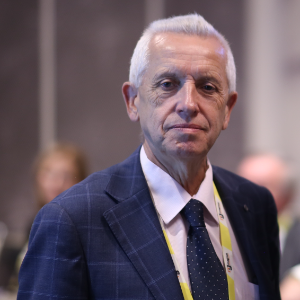
Stanislaw Dzwigaj
Sorbonne University, France
Dai Yeun Jeong
Asia Climate Change Education Center, Korea, Republic of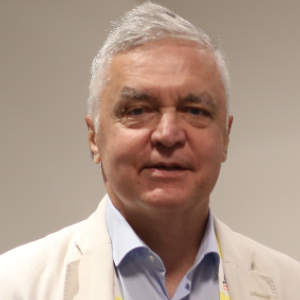
Sergey Suchkov
N.D. Zelinskii Institute for Organic Chemistry of the Russian Academy of Sciences, Russian Federation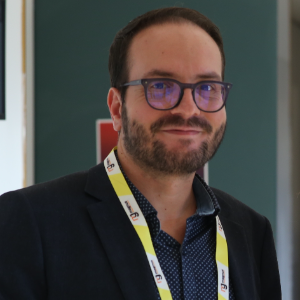
Enrico Paris
CREA-IT & DIAEE, Italy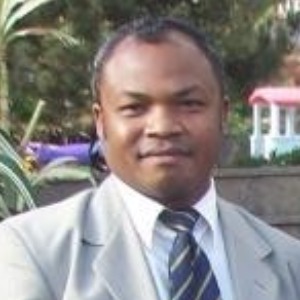
Rabeharitsara Andry Tahina
GPCI-ESPA Antananarivo University, Madagascar
Jiri Dedecek
J Heyrovsky Institute of Physical Chemistry , Czech Republic
Uday Som
Research and Development Engineer, Japan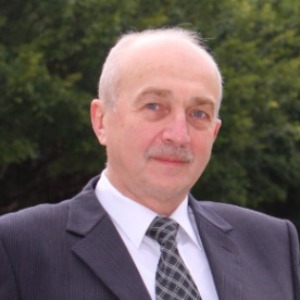
Vladimir G Chigrinov
Hong Kong University of Science and Technology, Russian Federation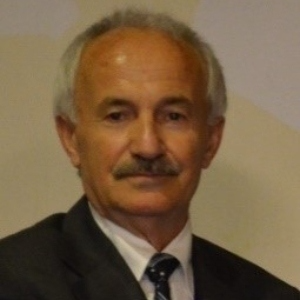



Title : Distant binuclear vanadium V(II) cationic sites in zeolites and their reactivity
Jiri Dedecek, J Heyrovsky Institute of Physical Chemistry , Czech Republic
Title : Advanced nanostructures for carbon neutrality and sustainable H₂ energy
Tokeer Ahmad, Jamia Millia Islamia, India
Title : Personalized and Precision Medicine (PPM) as a unique healthcare model via bi-odesign, bio- and chemical engineering, translational applications, and upgraded business modeling to secure the human healthcare and biosafety
Sergey Suchkov, N.D. Zelinskii Institute for Organic Chemistry of the Russian Academy of Sciences, Russian Federation
Title : Antibody-proteases as a generation of unique biomarkers, biocatalysts, potential targets and translational tools towards nanodesign-driven biochemical engineering and precision medical practice
Sergey Suchkov, N.D. Zelinskii Institute for Organic Chemistry of the Russian Academy of Sciences, Russian Federation
Title : Dimethyl ether synthesis from syngas over Cu-Zn/Al2O3 catalysts prepared using the Sol-Gel method
Uday Som, Research and Development Engineer, Japan
Title : Influence of various catalysts on H₂ enhancement and CO2 capture during syngas upgrading
Enrico Paris, CREA-IT & DIAEE, Italy
Title : Photoaligned azodye nanolayers : New nanotechnology for liquid crystal devices
Vladimir G Chigrinov, Hong Kong University of Science and Technology, Russian Federation
Title : Application of vanadium, tantalum and chromium single-site zeolite catalysts in catalysis
Stanislaw Dzwigaj, Sorbonne University, France
Title : Advances in heterogeneous catalysis for green conversion of propene to aldehydes and alcohols
Ram Sambhar Shukla, CSIR-Central Salt and Marine Chemicals Research Institute (CSMCRI), India
Title : Oxidation of methane to methanol over pairs of transition metal ions stabilized in the zeolite matrices
Jiri Dedecek, J Heyrovsky Institute of Physical Chemistry , Czech Republic